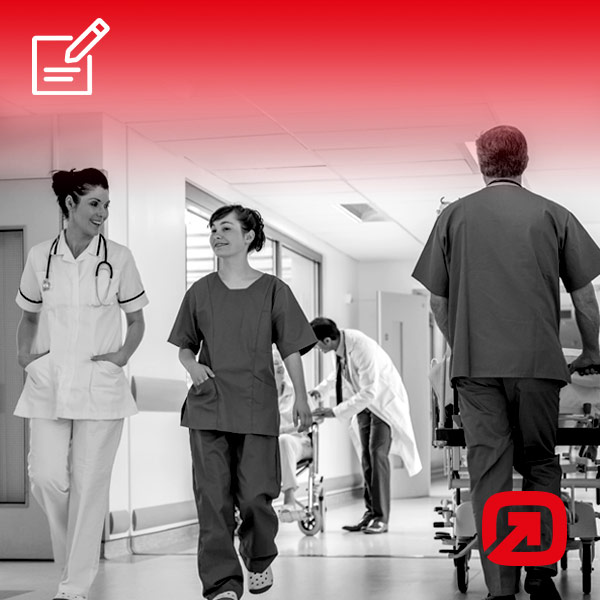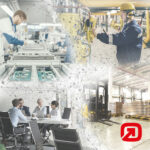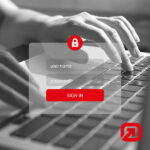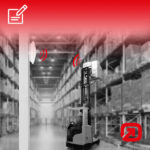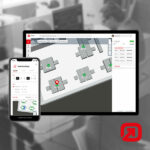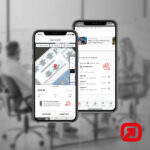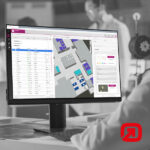Since real-time locating systems (RTLS) can make enormous contributions to the smooth running of a business, they have become an important component of many location-aware industries – including healthcare. A successful RTLS deployment can be leveraged for multiple purposes throughout the entire hospital, having a wide-ranging, positive impact on operations. We have picked out 5 ways indoor positioning technologies like beacons can be used to revamp the healthcare sector.
ENHANCED VISITOR / PATIENT EXPERIENCE
Going to the hospital to take care of a health issue is a stressful experience. What’s more, finding your way through a complex facility can be very complicated. In many cases, patients and visitors have to navigate through a maze of hallways to get to their desired destination. By implementing an RTLS, hospitals have a unique opportunity to provide a better visitor and patient experience. Beacons can be placed throughout the building(s) so that, in combination with a mobile app, they can provide indoor navigation using turn-by-turn directions. An indoor navigation solution allows users to search for points of interest (e.g. sanitation, catering facilities, patient rooms, treatment rooms) and get the most optimal route to their destination.
Another great way to improve the patient experience is to track his or her inpatient journey, from admission to discharge. In order to do so, the patient is assigned a badge and room number upon registration. The provided real-time data enables to identify, for example, how much time patients spend in waiting areas, how long they stay in examination/treatment rooms and where else they spend time during their hospital stay. This gives staff a better insight and allows taking measures to act on pain points that can be identified using the data.
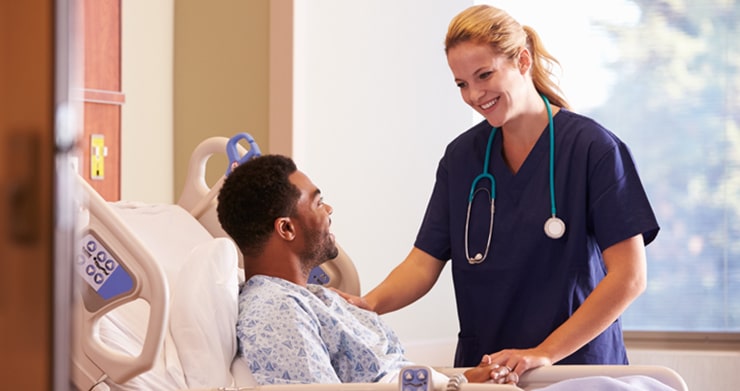
ASSET MANAGEMENT
Hospital assets can be very costly, and keeping track of them is often a strenuous task. Since clinics are huge complexes and densely populated, assets such as medical equipment, wheelchairs, hospital beds etc. are regularly misplaced or left in disuse. Hospitals typically purchase more equipment than they actually need, just to ensure that there are always enough items available. Asset tracking helps reduce cost and time associated with manually searching for assets. By implementing an RTLS, the location of all items is known at all times, decreasing the possibility of loss, theft, or misplacing. It helps to ensure preventative maintenance and inventory control, triggering alerts for purchase orders that would lead to over- or understocks. Historical analytics helps better plan purchasing decisions and leads to cost savings.
Efficient bed management is a particularly important task that represents a daily challenge for clinical staff. A tracking and automation software creates a clear visual image of available beds and offers physicians and hospital staff better administrative control. The system can include the selective retrieval and targeted provision of a bed, the automated recording of beds at specific checkpoints or the reminder of upcoming inspection intervals. With the help of additional sensor functions, further features can be transmitted in addition to the current location of a bed, e.g. the status of the height-adjustable lying surface (raised/lowered) and the occupancy of the bed (out-of-bed system). If the tracking solution is supplemented with E-Ink display beacons attached to the bed, relevant information on the beds and/or the patient can be viewed at any time.
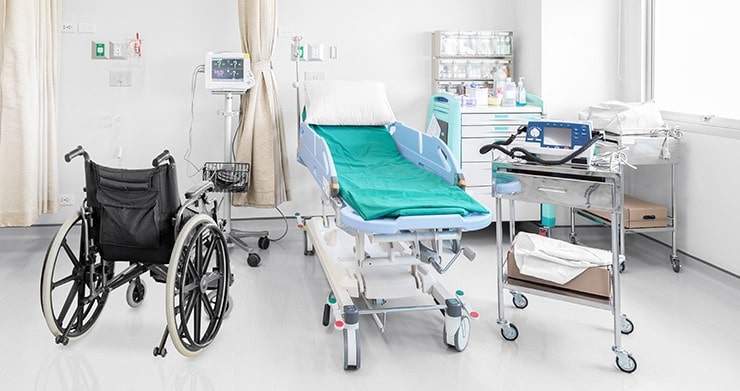
PATIENT FLOW AND WAITING TIME OPTIMIZATION
In a hospital or clinic, there are many instances where patients are waiting for several hours to receive care. An RTLS can help cut down on these waiting times. But not only that – it can enhance the entire patient experience. Once patients arrive at the facility, a message can be sent to their smartphone, offering them to check in digitally. The corresponding app can provide information about the waiting time and give suggestions on where / how to spend it. After consultation with the specialist, specific treatment information can be pushed to the patient’s smartphone and follow up appointments can be added to the calendar.
Furthermore, real-time information helps with immediate choices in busy clinics, allowing staff to make proactive decisions, decreasing the risk of patient frustration. Hospital personnel can use this information to assign care based on urgency as well as patient records. They can also fill up unused appointment slots, decreasing the risk of additional waiting time.
STAFF AND PATIENT SAFETY
In clinics, it can be difficult to keep medicated or confused patients safe, preventing them from getting lost or entering restricted areas. Positioning technologies like beacons can be used to locate patients as necessary and can be configured to send alerts if a patient leaves pre-defined areas. It is also possible to create real-time keys for staff members, granting or restricting access to certain areas or offices. Furthermore, if you equip patients and personnel with wearables, the technology can be used to trigger a mobile emergency call whenever a threatening situation or a medical emergency occurs (“panic button”).
Patient monitoring can also contribute to fall prevention. An out-of-bed system that registers when a patient leaves his bed and a fall detection system immediately inform nursing staff and ensure fast medical aid. With the help of special wearables, the vital values of patients can also be monitored, which guarantees optimum protection and freedom of movement for critically ill patients.
Whether it is for health care or senior care – an RTLS ensures maximum safety and security for patients/residents and hospital staff and reduces threats and liability risks.
WORKFORCE EFFICIENCY
Staffing expenses are an ongoing burden for the healthcare industry. That is why many hospitals are trying to maximize resource utilization and reduce costs by eliminating manual, time-consuming workforce management processes. A real-time tracking system offers a great way to streamline human resource allocation, lower costs and respond quickly to changing demands. Using an indoor positioning technology, it is possible to keep track of hospital staff – whether it be security personnel, housekeeping, or nursing staff. An RTLS enables affirming that each department or specialty is appropriately staffed, providing patients with the highest quality and most timely care.
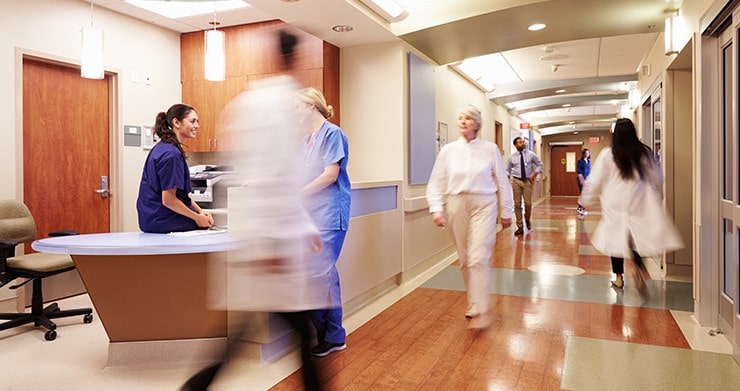
Using real-time locating systems, healthcare facilities can address all of those powerful outcomes.
Our use cases illustrate the use of tracking solutions with different emphases:
- Monitoring and Asset Tracking in the Healthcare Sector
- Asset Tracking and Indoor Navigation in a Clinic
- Emergency Call System for Elderly People in Nursing Homes
- Patient Monitoring in Hospitals
- Monitoring of Vital Signs
- Tracking Solution with Information Display for Hospital Beds
- Patient Wandering System for Dementia Sufferers
You can find a comparison of different positioning technologies here.
Interested in implementing an RTLS solution in the healthcare sector? Feel free to contact us!

